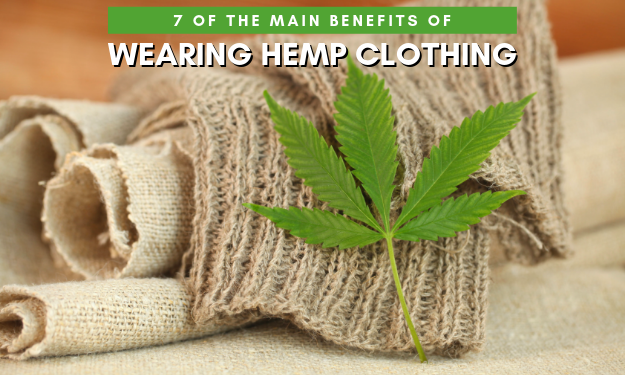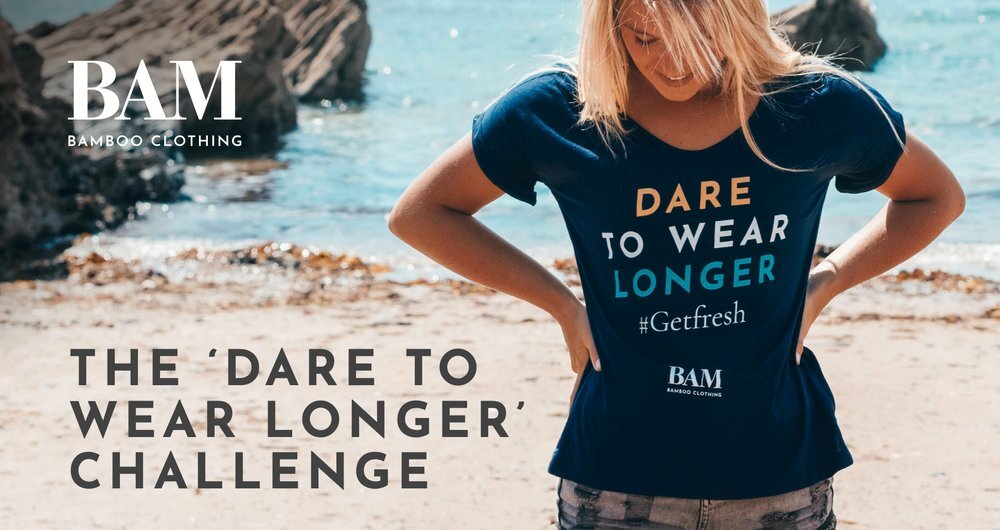Handy Facts To Selecting Bamboo Clothes
Wiki Article
What Are The Advantages Low Impact Fibres Hemp Clothing Can Offer The Environment.
Hemp clothing that is low impact has several environmental advantages when compared to clothes made of other materials. This includes synthetic fibers, cotton and traditional cotton. Here are some of the major environmental advantages of hemp clothing: Sustainable farming- Hemp is a eco-friendly crop. It grows quickly and requires very little water, pesticides, and herbicides in comparison to other crops. Hemp thrives in all kinds of soils and climates. It also reduces the need of chemicals used in agriculture.
Lower water usageReduced Water Usage Hemp generally requires less water than cotton, which is known for its high water consumption. It makes hemp a more water-efficient choice for clothing production.
Hemp can be grown in the majority of instances without the use of synthetic pesticides and herbicides. It has a less environmental impact than conventional agriculture.
Soil Health- Hemp cultivation can improve soil health thanks to its deep root system, which prevents soil erosion and compaction. It also makes the soil more fertile for future plantings.
Biodegradability biodegradability Hemp fibers biodegrade and decompose naturally over time. This decreases the environmental burden from textile waste. Synthetic fibers, such as polyester, can require up to a few hundred years before they decompose.
Low Carbon Footprint- Production of hemp fibers has a generally lower carbon footprint compared to synthetic materials. Additionally, during its development hemp is able to absorb carbon dioxide from the air and act as a carbon sink.
Hemp clothing is known for its durability and long-lasting. Good quality hemp clothes will last for years. This means that you won't have to replace them as frequently and also reduce waste.
Hemp plants have natural insect resistance, which decreases the use of chemicals for pest control.
Versatility- Hemp is a great material for a wide range of textiles, including clothing, bags and accessories. This makes it a versatile and sustainable choice for fashion and textiles.
Regenerative Agriculture - Some sustainable farming practices use hemp in regenerative agricultural systems which seek to improve ecosystems and improve the quality of their ecosystems while generating crops. It can also have positive impacts on the natural environment.
It is important to remember that while hemp may offer several environmental benefits, the sustainability of clothing depends also on factors such as transport, dyeing methods consumption, and so on. Like in every industry, there may be differences in the production practices and guidelines. Therefore, in order to reap the maximum environmental benefits, it's advisable to select organic or sustainable hemp clothing. Follow the recommended click this link for hemp clothing for blog advice including hemp cotton fabric, patagonia hemp shorts, hemp t shirts wholesale, hemp shirts mens, patagonia iron forge pants, mens hemp t shirts, hemp wear, hemp boxer shorts, hemp and cotton fabric, hemp clothing for men and more.

How Does Hemp Clothing Compare To Other Fibres In Terms Of Quality And Function?
Hemp clothing has a variety of benefits in terms of technical and functional over other fibers, in addition to being sustainable. Hemp clothing offers several advantages that make it an excellent environmentally friendly and high-performance option.
Hemp fibers are very absorbent and wick away moisture. It makes hemp clothes suitable to wear in a variety of climates. They can help you stay cool and dry, and prevent bacterial growth.
Temperature Regulation
Hemp clothing is a great thermoregulatory characteristics. Hemp clothing helps to keep you warm by capturing heat near the body, and cool you down in hot weather by allowing moisture and heat to escape. The natural way to regulate temperature can reduce the need for frequent clothing changes.
Durability and longevity
Hemp fibers are known for their durability. Hemp clothing is stronger and more resistant to wear than clothing constructed from other fibers such as cotton. It means that hemp clothing will last for a longer time. It also means fewer requirement for regular replacements.
UV Protection
Hemp fibers protect the skin from UV radiation, providing natural UV protection. This attribute is particularly useful for outdoor activities.
Biodegradability:
Hemp clothes degrade naturally over time. The impact on the environment of textiles is diminished by this property, as opposed synthetic fibers that can remain in landfills for an extended period.
Low Environmental Impact
Hemp cultivation generally requires less synthetic herbicides and pesticides as in comparison to cotton grown conventionally. Hemp plants use less water and therefore is a better choice for the environmental. The eco-friendly aspects are further enhanced by organic farming.
Carbon Sequestration
When they grow hemp plants are able to absorb carbon dioxide from the air. This means that hemp cultivation can act as an carbon sink, which helps in reducing greenhouse gas levels.
Sustainable agriculture and crop rotation-
Hemp is a great crop that can be incorporated into rotations of crops. It helps improve soil health and reduces the risk of developing diseases. This environmentally friendly farming method is a result of this sustainable farming.
Versatility:
Hemp fibers can be blended with other materials, such as organic polyester or recycled cotton, to make eco-friendly and high-performance blends of fabrics. This versatility allows for the creation of new and sustainable textiles.
Low Toxicity
Hemp fibers have a low toxicity level and don't require extensive chemical processing to create. This reduces the effect of textile production on the environment.
The overall sustainability of clothing is influenced by numerous factors, such as dyeing, transportation, and ethical methods of labor. For consumers to make environmentally friendly choices they should look for brands that are committed to sustainability, transparent manufacturing, and ethical practices. Read the recommended read review on hemp clothes for site recommendations including dash hemp clothing, hemp shorts, patagonia hemp island pants, hemp hoodie, hemp long sleeve shirt, hemp sportswear, patagonia hemp shorts, hemp pants mens, hemp sweatpants, hemp textiles and more.

Bamboo Clothing Is Environmentally Friendly And Incredibly Comfortable.
Bamboo clothing is a great choice for comfort as well as the environment.
Softness Bamboo fabric is known for its exceptional suppleness. It is silky smooth texture that is a pleasure to touch. Bamboo clothing is a favorite because of its luxurious softness which makes it an excellent option for activewear, loungewear and intimate clothing.
Breathability - Bamboo fibers are naturally moisture-wicking and breathable. Air circulates through the tiny gaps, keeping you cool during hot temperatures. The moisture-wicking properties help remove sweat from your body, decreasing dampness.
Thermoregulation- Bamboo clothing is a great source of excellent thermoregulatory properties. It helps keep you warm in cooler temperatures by trapping heat closer to your body. In hot weather it will keep you cool by allowing the excess heat and moisture to go away. Bamboo clothing is suitable to wear all the time because it can adapt to different temperatures.
Hypoallergenic- Fabric made from bamboo is gentle and hypoallergenic. Bamboo is less prone to irritate or cause allergic reactions.
Bamboo fibers are resistant to odors because of their antimicrobial nature. This helps bamboo clothing to stay fresh even after exercise.
Environment-
Sustainability Bamboo is a sustainable and renewable resource. Bamboo is one the fastest-growing plants in the world. It requires a minimum amount of water to grow and requires no pesticides. Bamboo is harvested and not killed it as its roots regenerate.
Low Water Usage- Bamboo is inherently water-efficient. It can thrive with minimal irrigation and can often be grown using rainwater alone and reduces the environmental impacts caused by water use in agriculture.
Biodegradability. Bamboo clothes will naturally decay as time passes if it is disposed. This property reduces the accumulation of textile waste that is not biodegradable in landfills.
Carbon Sequestration Bamboo plants are able to absorb carbon dioxide (CO2) during rapid growth. This means that bamboo cultivation is a carbon sink, assisting to combat climate change by reducing greenhouse gas levels.
Chemical Reduction. The manufacturing process for Bamboo Fabric generally requires less treatments and steps in processing in comparison to other fabrics.
Closed Loop Production- Certain bamboo fabrics are manufactured with closed loop systems which recycle and reuse chemicals and water, reducing the amount of waste.
The impact on the environment of bamboo clothing is in relation to the method by which they are produced and whether the bamboo is from forests that are sustainably and properly managed. Consumers should only buy bamboo clothing that is produced using sustainable ethical methods to guarantee the greatest environmental benefits. Have a look at the top koraoutdoor.com outdoor clothing for website recommendations including bamboo cay shirts, bamboo womens shirts, bamboo apparel wholesale, bamboo leggings, bamboo jeans ross, bamboo clothing leggings, bamboo leggings, bamboo childrens clothing, bamboo pajama pants, bamboo twirl dress and more.
